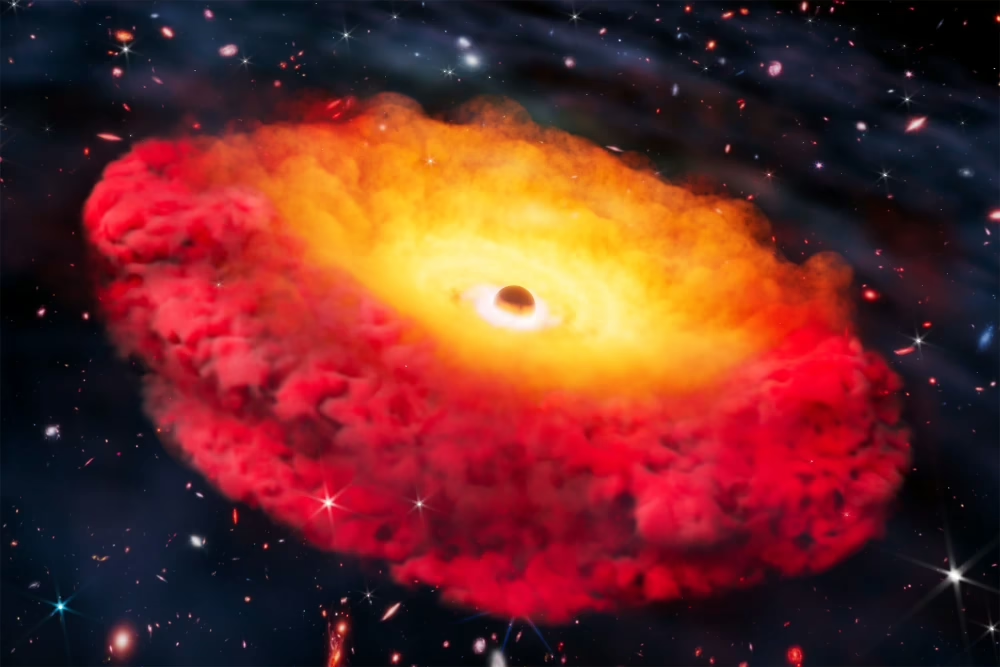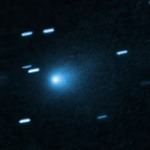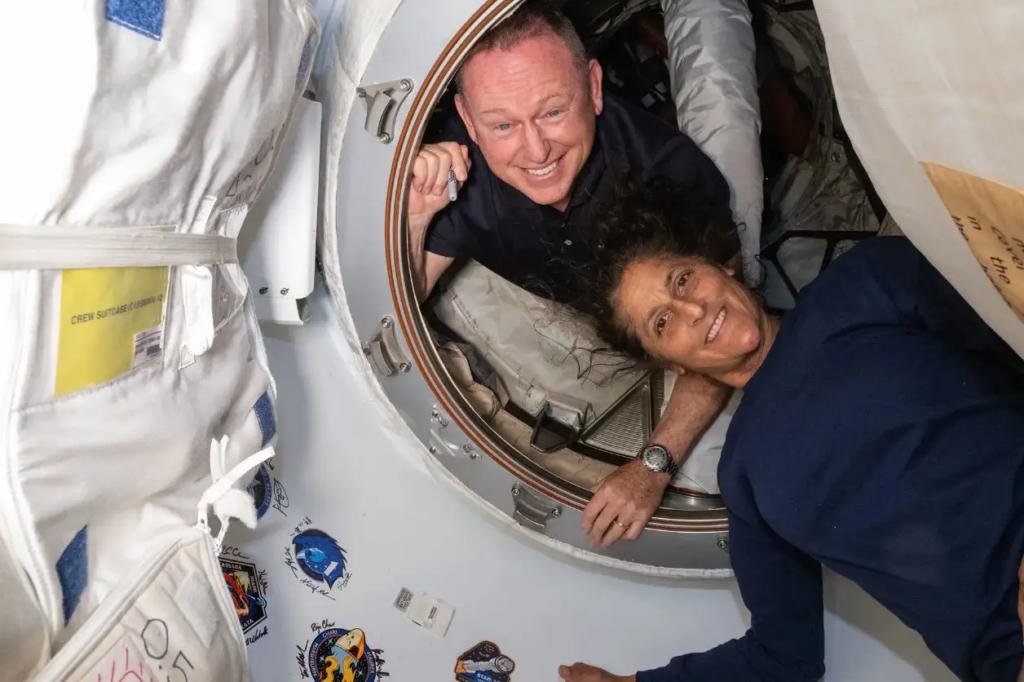
- Discovery: The James Webb Space Telescope (JWST) has identified what may be the earliest known black hole, dating back to just 500 million years after the Big Bang.
- Galaxy Host: The black hole resides within galaxy CAPERS‑LRD‑z9, offering a rare window into the early cosmos.
- Scientific Impact: This detection pushes the boundaries of astronomical observation and may reshape models of black hole formation and early universe evolution.
The Early Universe’s Newest Mystery
In a landmark achievement, astronomers using the James Webb Space Telescope have potentially discovered the earliest black hole ever observed, nestled in a galaxy that formed barely half a billion years after the birth of the universe. The findings—published August 6 in Astrophysical Journal Letters—offer a profound glimpse into an era previously shrouded in cosmic mystery.
Dubbed CAPERS‑LRD‑z9, the host galaxy and its dark center represent a frontier of observational astronomy. “When looking for black holes, this is about as far back as you can practically go,” said Anthony Taylor, an astronomer at the University of Texas at Austin and coauthor of the study.
Peering into the Cosmic Dawn
Observational Feats
By harnessing the JWST’s unprecedented capabilities, researchers were able to pinpoint a faint signal—an extraordinary achievement given the immense distances and redshift involved. Detecting such an object so early in cosmic history underscores the telescope’s power to chart the depths of time.
Implications for Black Hole Formation
This discovery carries monumental implications for cosmology. Conventional models posit that supermassive black holes gradually evolve through mergers and steady accretion. Finding a massive black hole this early challenges those notions, suggesting that alternative formation pathways—like direct collapse of gas clouds or rapid early growth—may have played a more prominent role.
A Window into Early Galaxy Evolution
Black holes profoundly influence their galactic environments. Newborn in a minuscule universe, CAPERS‑LRD‑z9 and its black hole could offer critical insights into the co-evolution of galaxies and central massive objects during an epoch when the very fabric of matter and radiation was still settling into its modern form.
Looking Ahead: What’s Next?
Researchers are already setting their sights on follow-up observations. The more sensitive instruments aboard JWST and other next-generation observatories may enable precise mass estimates, accretion rates, and the search for gravitational effects on the galaxy itself.
Future studies may also explore the chemical environment of CAPERS‑LRD‑z9, investigate whether other similarly ancient black holes lurk nearby, and theorize how such an object could grow so quickly—potentially triggering a re-evaluation of early universe models.
The discovery of a black hole in CAPERS‑LRD‑z9, from just 500 million years after the Big Bang, is a clarion call to astrophysicists: the universe’s youth holds secrets waiting to challenge our current theories. As we push the limits of observation, the early cosmos continues to surprise us—rewriting the narrative of cosmic dawn one breakthrough at a time.


